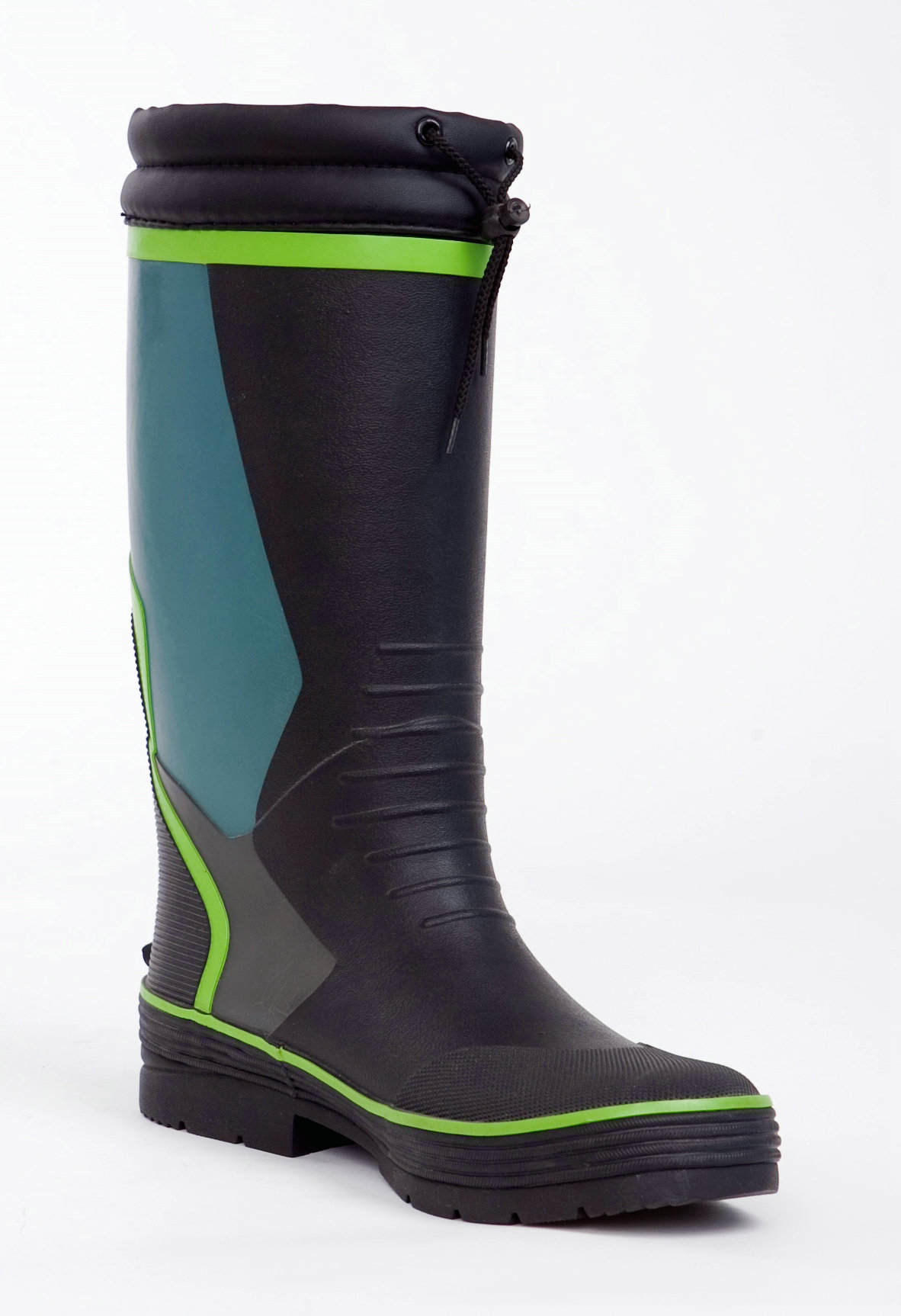The Importance of Wader Material in Fishing and Water Activities
Waders are an essential piece of equipment for anglers, outdoor enthusiasts, and professionals working in aquatic environments. They allow individuals to wade into water while keeping their bodies dry and protected from the elements. Understanding the different materials used in wader construction can greatly influence a user’s experience, comfort, and performance.
Types of Wader Materials
1. Neoprene This material is a popular choice for cold weather waders. Neoprene is a synthetic rubber that provides excellent insulation, making it ideal for colder waters. The thickness of neoprene waders can vary, typically ranging from 3mm to 5mm. Thicker waders offer better insulation but can be bulkier and less breathable. While they keep the heat in, they can also lead to overheating in warmer conditions, which is something users should consider when selecting their waders.
2. Breathable Fabrics The evolution of wader technology has introduced breathable fabrics, which are quickly becoming the standard for many anglers. These waders, made from materials like Gore-Tex or other proprietary breathable membranes, allow moisture and sweat to escape while keeping water out. This feature is particularly important for those who fish in varying weather conditions and require versatility. Breathable waders keep users comfortable and dry, reducing the risk of overheating or becoming damp from sweat.
3. Vinyl/PVC Waders made from vinyl or PVC are typically more affordable options. They are waterproof but often lack the insulation and breathability of neoprene and breathable fabrics. These waders are great for warm weather and situations where insulation is not needed. However, they can become uncomfortable on extended trips, as they retain heat and do not allow for moisture management.
4. Cordura Nylon and Other Reinforced Fabrics Some high-end waders incorporate reinforced fabrics such as Cordura nylon, which offers superior durability and abrasion resistance. These materials are excellent for rugged environments, such as rocky riverbeds or bushwhacking through dense vegetation, providing added protection against tears and punctures. This choice is particularly appreciated by frequent anglers and those who venture into harsh conditions.
waders material

Key Considerations When Choosing Wader Material
When selecting waders, several factors should be considered beyond just material type.
- Water Temperature and Climate The local climate and water temperatures play a significant role in choosing the right wader material. Neoprene is best suited for cold, still waters, while breathable fabrics excel in fluctuating temperatures or when engaging in active fishing.
- Durability and Usage If you’re fishing in heavily vegetated areas or alongside rocky shores, durability becomes a key consideration. Reinforced materials add longevity, while lighter fabrics may need replacing sooner.
- Fit and Comfort Regardless of material, the fit of the waders is crucial. Poorly fitting waders can lead to discomfort and decreased mobility. Always ensure you try waders on or check the sizing guides before making a purchase.
Conclusion
The material of waders significantly impacts their functionality and comfort. Understanding the advantages and disadvantages of neoprene, breathable fabrics, vinyl, and reinforced materials can help users make informed decisions based on their specific needs. Whether it’s for a serene day of fly fishing or an adventurous trek through wetlands, selecting the right wader material enhances the experience, allowing enthusiasts to enjoy their time outdoors to the fullest. As technology advances, the quest for improvement in wader materials continues, ensuring that both beginners and seasoned professionals can find the perfect fit for their aquatic adventures.
-
Stay Dry in Any Condition with WadersNewsJul.17,2025
-
Elite Performance with Camouflage Combat BootsNewsJul.17,2025
-
Dry and Comfortable with Green Rubber Garden ShoesNewsJul.17,2025
-
Convenient Protection with Foldable RainbootsNewsJul.17,2025
-
Comfort and Protection with Neoprene Work BootsNewsJul.17,2025
-
Brighten Rainy Days with Floral Rain BootsNewsJul.17,2025
-
Safety Wellies: The Ultimate Combination of Protection, Comfort, and VisibilityNewsJun.19,2025











